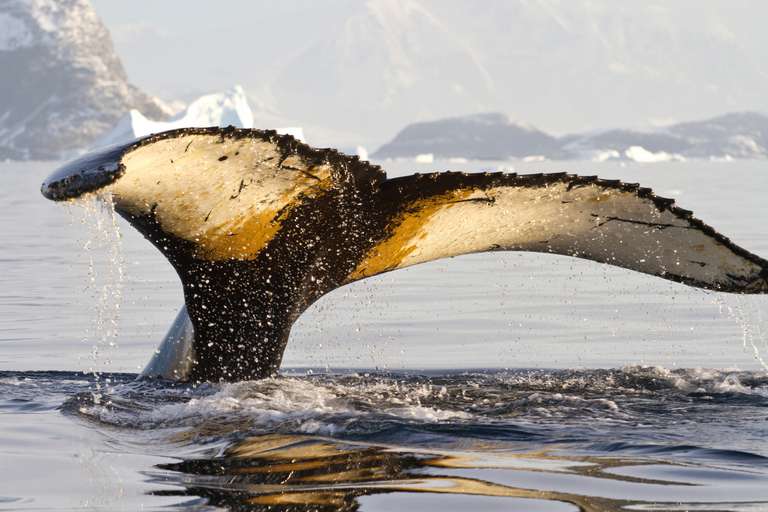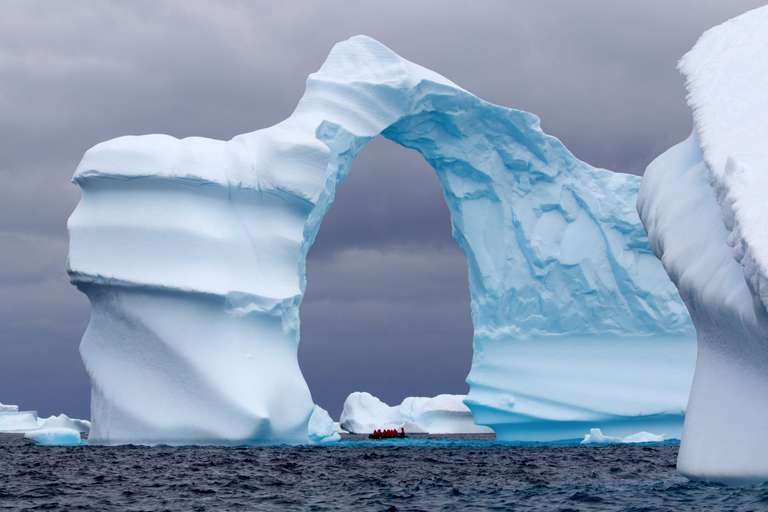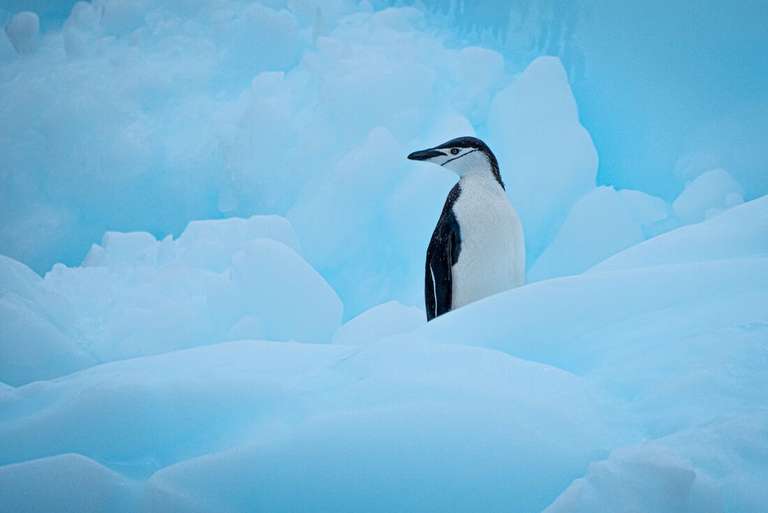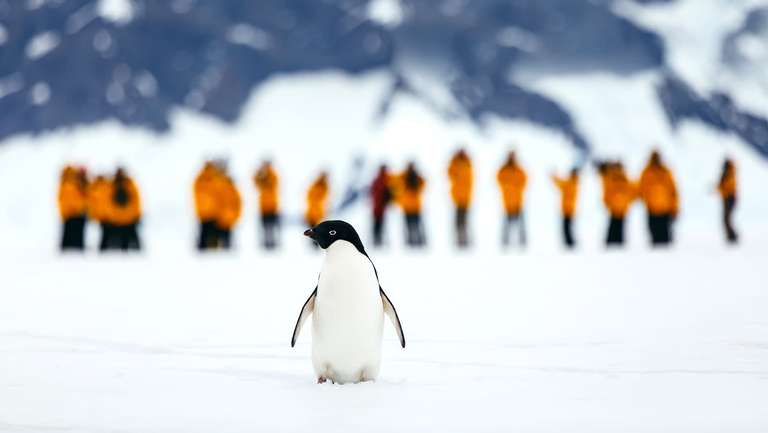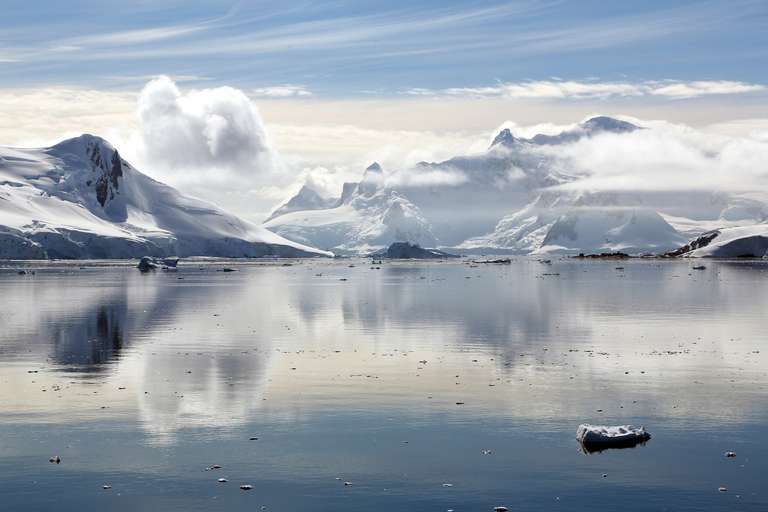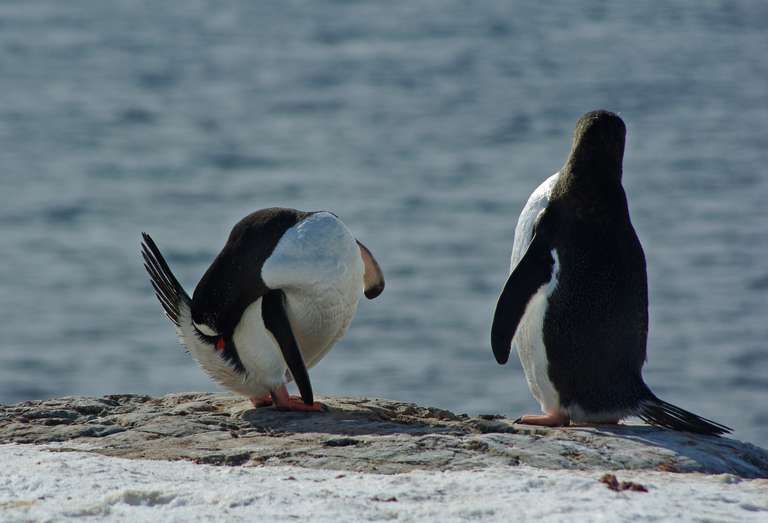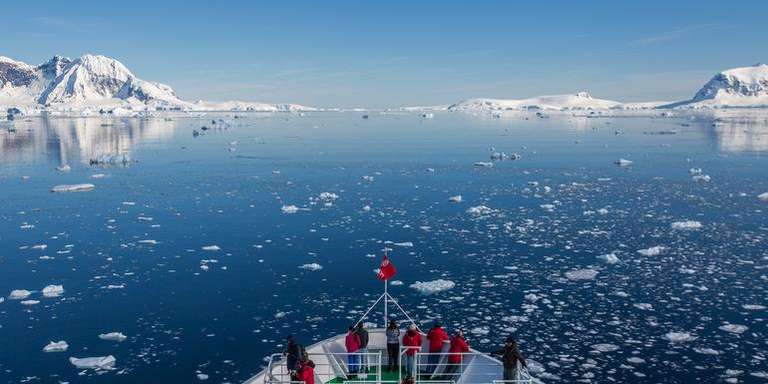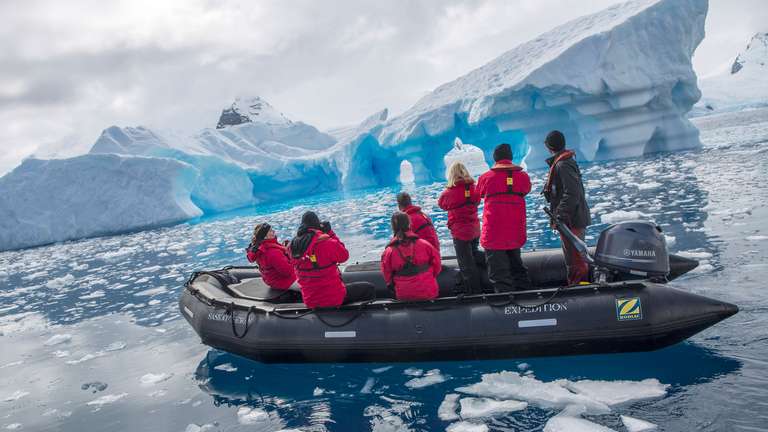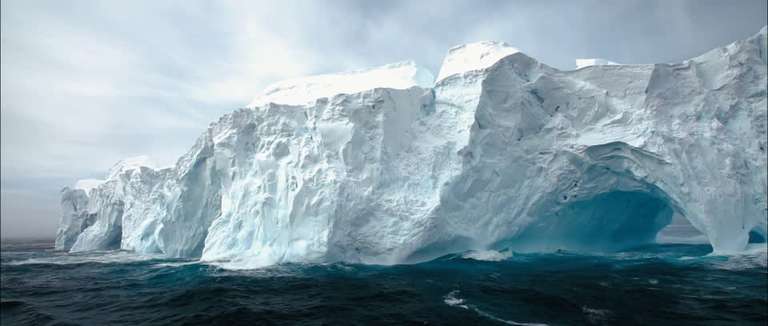Best Time to Visit Antarctica
- Excellent
- Good
- Fair
- Poor
- JanAvg Daily: 2 ° CAvg Nightly: -1 ° C
- FebAvg Daily: 1 ° CAvg Nightly: -2 ° C
- MarAvg Daily: 1 ° CAvg Nightly: -2 ° C
- AprAvg Daily: -1 ° CAvg Nightly: -5 ° C
- MayAvg Daily: -5 ° CAvg Nightly: -10 ° C
- JunAvg Daily: -6 ° CAvg Nightly: -12 ° C
- JulAvg Daily: -7 ° CAvg Nightly: -13 ° C
- AugAvg Daily: -7 ° CAvg Nightly: -15 ° C
- SepAvg Daily: -6 ° CAvg Nightly: -13 ° C
- OctAvg Daily: -2 ° CAvg Nightly: -8 ° C
- NovAvg Daily: -1 ° CAvg Nightly: -6 ° C
- DecAvg Daily: 1 ° CAvg Nightly: -2 ° C
- Excellent
- Good
- Fair
- Poor
When is the best time to visit Antarctica: Quick Facts
| High season | Summer (November to March) |
| Low season | Winter (October to April) |
| All seasons | Summer (November to March), winter (October to April) |
When to visit Antarctica: Seasonal Overview
Take a closer look at each season. Decide what your priorities are for your visit and identify the best time of the year to go to Antarctica based on the season that offers what you want most.
Summer in Antarctica — November to March

Summer brings the best months to visit Antarctica, with temperatures ranging from -2°C (28°F) to 8°C (46°F). During the high season, you can catch unique wildlife such as baby penguins and seal pups in November and December, while January and February offer fantastic opportunities for whale-watching. It's even possible to kayak! With nearly 24 hours of daylight, you'll have ample time for photography and exploration. The only potential downside is that this is the high season, meaning more tourists and higher costs, so it's advisable to plan and book well in advance for this unique and unforgettable experience. These months have the highest temperatures and the longest sunlight hours - there are times when you can experience 24 hours of light!
| Average temperature (high) | -2°C and 8°C |
| Average rainfall (annual) | 7.6 mm |
| Is the summer season a good time to go to Antarctica? |
Yes. Summer offers milder conditions, a variety of activities to enjoy, and is the best time to view wildlife. |
Highlights:
- Take a wildlife tour to observe penguins, seals, and rare seabirds in their natural habitat, with experts explaining more about the local wildlife.
- Capture the stunning polar panoramas, including dramatic ice cliffs, vast ice shelves, and electric blue waters, which, in summertime sparkle beneath the midnight sun.
- Navigate icy waters on a cruise tour. Zoom in small Zodiac boats to get up close and personal with icebergs and marine life led by expert guides.
- Gain insights into the region's scientific discoveries by visiting research stations, with the opportunity to interact with dedicated scientists.
- Plan a safari tour to watch humpback and orca whales breaching and feeding in the icy Antarctic waters as they migrate to the region during the summer months.
Travel tips:
- Pack thermal layers, waterproof gear, and insulated boots to stay warm and dry in Antarctica's extremely cold temperatures.
- Follow the strict guidelines of responsible tourism, ensuring you leave no trace and do not disturb the fragile ecosystem.
- If you're planning a polar expedition to Antarctica, follow proper guidelines and pack accordingly.
- If you're prone to seasickness, consider medication and remedies in advance, as sea conditions can be unpredictable during your voyage to Antarctica, particularly if you’re crossing the infamous Drake Passage.
Winter in Antarctica — April to October
Visiting Antarctica during its harsh winter is not recommended for tourists due to extreme weather conditions. From May to August, the continent plunges into darkness, with temperatures dropping to bone-chilling lows with fierce winds and blizzards that make travel nearly impossible. Most expedition ships cease operations during this time.
However, there are some intrepid individuals, such as scientists and researchers, who venture into this icy realm to conduct vital studies.
| Average temperatures | Monthly mean temperature at the South Pole ranges around -60°C (-76°F). Along the coast, temperature hovers around −15 (-5°F) and −20 °C (−4 °F). |
| Average rainfall | 4.4mm |
| Is winter a good time to go to Antarctica? |
No, winter in Antarctica makes the continent inaccessible due to harsh weather, choppy waters and almost total darkness. |
Antarctica remains one of the world’s most remote and incredible destinations. From getting up close to arctic wildlife to exploring otherworldly landscapes on hiking tours and by boat, there’s no place on earth that can compare. The summer season is long enough that you can enjoy a fascinating, personalized experience that will last a lifetime, whether you visit for just a few days or longer.
In terms of wildlife, weather conditions, and spectacular sights, the summer season is definitely the best time to visit Antarctica. This is your chance to see the most animal activity and access the most of this wild and isolated continent. However, it’s certainly possible to have amazing experiences no matter which season you decide to go — it will be the trip of a lifetime either way!
If you’re planning a trip to Antarctica, check out our Antarctica travel guide to learn more on topics such as things to do in Antarctica.
*Please note that these are the average temperatures of one of the warmer location on the Antarctica Peninsula, the Academician Vernadskiy Reporting Station. These averages change depending on location. It’s important to remember that temperatures are warmest around the Antarctica Peninsula, which is on the northern tip of the continent, closest to South America. The closer you get to the South Pole or the higher you climb in the mountains, the colder the temperatures become!
Weather in Antarctica: Rainfall and Temperatures
| Month | Jan | Feb | Mar | Apr | May | Jun | July | Aug | Sept | Oct | Nov | Dec |
| Avg Daily (°C) | 2 | 1 | 1 | -1 | -5 | -6 | -7 | -7 | -6 | -2 | -1 | 1 |
| Avg Nightly (°C) | -1 | -2 | -2 | -5 | -10 | -12 | -13 | -15 | -13 | -8 | -6 | -2 |
| Avg Daily (°F) | 36 | 34 | 34 | 31 | 23 | 22 | 20 | 20 | 22 | 29 | 31 | 34 |
| Avg Nightly (°F) | 31 | 29 | 29 | 23 | 14 | 11 | 9 | 5 | 9 | 18 | 22 | 29 |
| Avg Rainfall (mm) | 9.2 | 5.8 | 4.2 | 4.4 | 5.6 | 5.2 | 4.3 | 4.2 | 3.5 | 2.7 | 2.3 | 5.9 |


